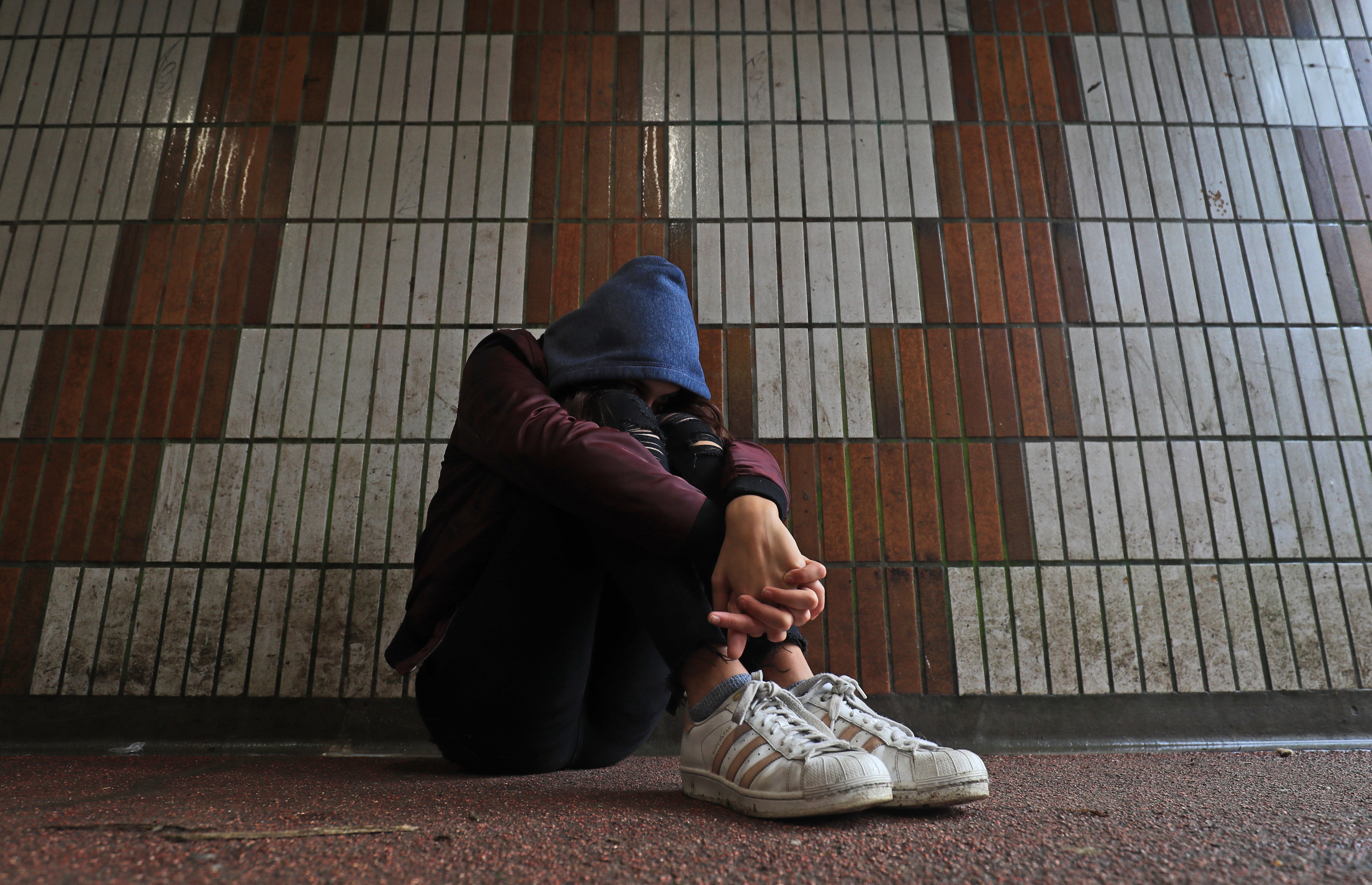Exploited children in care ‘going missing 10 times on average a year’
Around half of children in care identified by their local council as being a victim of exploitation went missing between 2018 and 2020, figures show.

Your support helps us to tell the story
From reproductive rights to climate change to Big Tech, The Independent is on the ground when the story is developing. Whether it's investigating the financials of Elon Musk's pro-Trump PAC or producing our latest documentary, 'The A Word', which shines a light on the American women fighting for reproductive rights, we know how important it is to parse out the facts from the messaging.
At such a critical moment in US history, we need reporters on the ground. Your donation allows us to keep sending journalists to speak to both sides of the story.
The Independent is trusted by Americans across the entire political spectrum. And unlike many other quality news outlets, we choose not to lock Americans out of our reporting and analysis with paywalls. We believe quality journalism should be available to everyone, paid for by those who can afford it.
Your support makes all the difference.Children in care who are victims of exploitation are going missing on average ten times each a year, figures show.
Around half of children in care identified by their local council as being a victim of exploitation went missing from care between 2018 and 2020, according to figures sourced by the charities Missing People and ECPAT UK.
In 2020, 3,033 looked-after children were identified by local authorities as exploited – up 5% from the previous year.
Of these 48% – 1,468 children – went missing.
In comparison, figures from the Department for Education show that one in 10 children in care went missing in 2020-21, while in the UK around one in 200 children are reported missing every year.
Each child went missing an average of 10.6 times in 2020. Over the three years, more than 44,000 incidents of a child going missing were recorded.
The fact that these children were going missing on average over 10 times per year suggests that much more needs to be done to keep exploited children safe
The charities sent Freedom of Information requests to 218 UK local authorities and shared the findings with the PA news agency.
Over the three years the number of exploited children in care rose by 13.8%, from 2,615 in 2018 to 3,033 in 2020.
In 2018, 52% and in 2019 53% of these children went missing.
While the proportion of missing children fell slightly in 2020, the charities say this should be seen in the context of the coronavirus lockdowns and related measures.
Jane Hunter, senior research and impact manager at Missing People, called the figures “staggering”.
She said: “These children may be going missing in extremely high-risk situations, including county lines and sexual exploitation and some will have experienced very serious harm while away.
“Every time a child goes missing should be seen as a key intervention point, when the safeguarding needs of children are identified and support can be put in place.
“The fact that these children were going missing on average over 10 times per year suggests that much more needs to be done to keep exploited children safe.”
We know this is the right approach: it is shocking is that this vulnerable group of children are continually failed and left at risk of further abuse
Patricia Durr, ECPAT UK chief executive, said: “Going missing is a cry for help and given the harm children face, it’s crucial that going missing is understood as an indicator of exploitation.
“For children who are known to have been exploited, safeguarding partners must take steps to ensure they are safeguarded from further missing episodes, and from harm and exploitation.
“We know this is the right approach: it is shocking is that this vulnerable group of children are continually failed and left at risk of further abuse.”
Research has shown that exploited children are at high risk of going missing. A child going missing is a common result of criminal and sexual exploitation.
Young people can be lured or coerced away from safety by groomers, go missing due to their involvement in county lines, or disappear while trying to escape the consequences of exploitation.
The charities said that, during the pandemic county lines tactics evolved, with children remaining in trap houses for longer, more local children being recruited to avoid being stopped in public.
The charity also highlighted the impact of an anonymous chatbot service, which formally launched in May 2021, for children who are victims of exploitation or at risk of being exploited.
Is This OK?, set up by Missing People and the NSPCC’s Childline, is led by Sara Rowbotham, the frontline sexual health worker who helped uncover widespread child sexual exploitation in Rochdale, and this week became a Member of Order of the British Empire.
It has been accessed 2,359 times where it is available in Waltham Forest, Bradford, Stoke-on-Trent, Suffolk and Bedfordshire, and is seeking more funding to operate on a national scale.
Children who have contacted the service include a pregnant teenager who had run away, a girl whose older boyfriend was pressuring her to use drugs, and a girl who was self-harming after being raped by her sports coach.
After an hour-long chat with advisers, a girl who disclosed historic sexual abuse from a family friend said: “Thank you so much, you’ve really helped me I thought that I was going to end it today but you’ve really helped me see that it isn’t my fault – thank you again.”